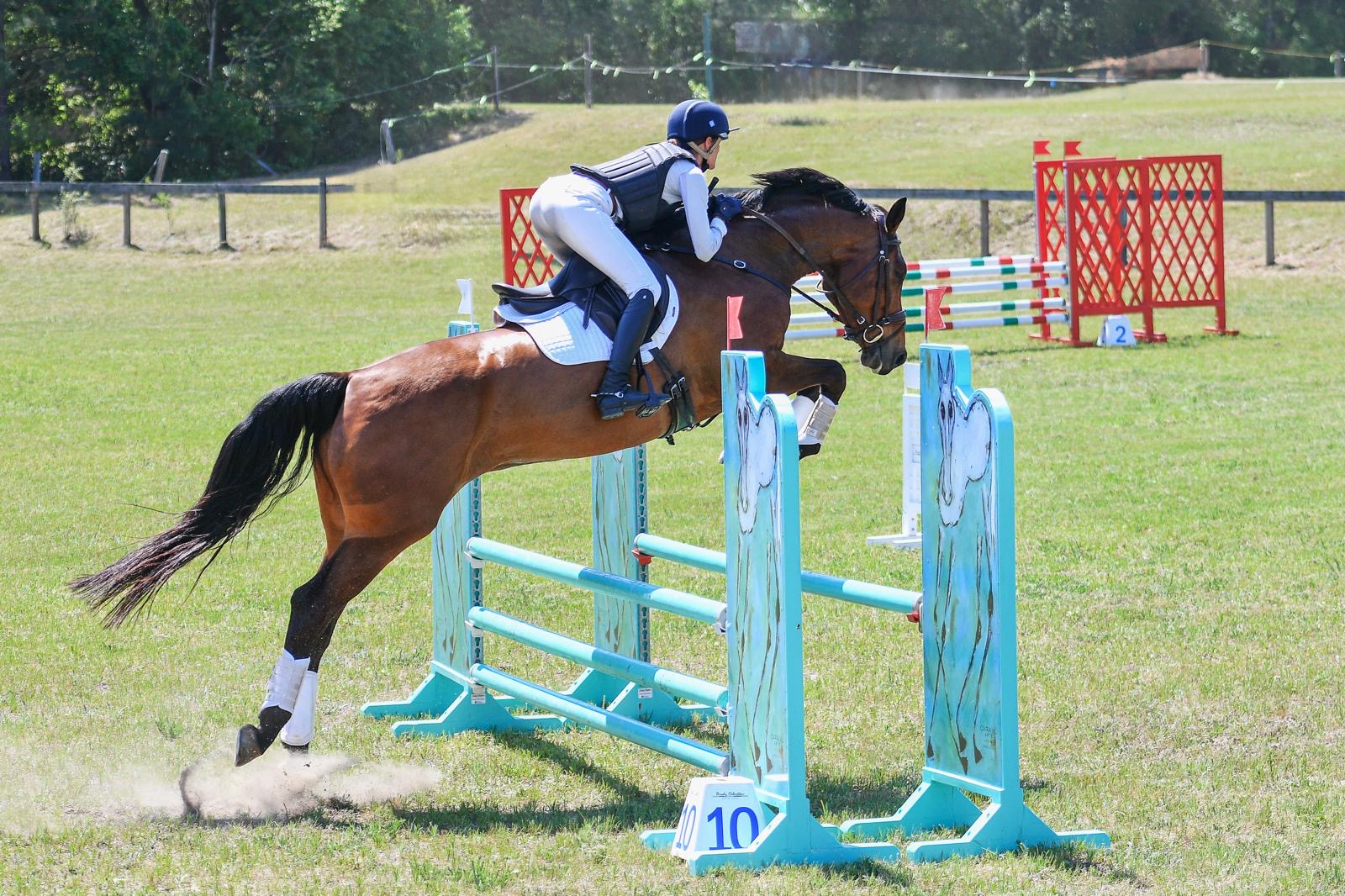Bicton 4* XC – How do you test the best without annihilating the rest?With Helen West (Bicton 4* Course Designer/Organiser), William Fox-Pitt and Eric Winter (Badminton Course Designer and Bicton TD) we discuss the future of XC in our sport and how the challenge that Bicton presented the riders is just what is needed.
Posted by Lucinda Green MBE on Thursday, June 24, 2021
The cross country phase is the heart and soul of eventing. Without cross country, or without it influencing the standings of a competition, what’s the point of eventing anyway? However, the sport has to find a way to make cross country at the highest level of the sport challenging for even the most experienced horses and riders without making it potentially perilous for the rest of the field.
This is a question that many eventers and patrons of the sport, including the one and only Lucinda Green, are curious to explore and invested in answering. She recently sat down with fellow rider William Fox-Pitt; course designer for the recent Bicton four-star, Helen West; and Badminton course designer and Bicton Technical Delegate, Eric Winter, to explore this very conundrum.
The four-star track at Bicton was one recent event that seemed to have struck the balance of being a true test of stamina and training without being overly hazardous. At that event, 80 combinations left the startbox in the senior CCI4*-L and 34 more starters ran the under-35 CCI4*-L. At the end of the day the leaderboard was wholly shuffled as 35.7% of starters came home without jumping penalties, 25.9% incurred jumping penalties, and 38.4% did not complete. Of those who did not finish, the majority of pairs elected to retire, some were eliminated due to refusals or rider falls, and there were minimal horses falls.
Tilly Berendt said it best in her post-cross country report: “It might sound like, well, total carnage – but perhaps this is what we’ve been missing. Not horse or rider falls, per se, because those certainly aren’t one of the indicators of great sport; but this kind of stamina and technical challenge feels so unfamiliar now that, perhaps, it’s a sign that we need to start on the path towards rebuilding those skills around progressively tougher courses, ready for the resumption of something like normal.”
Together, these masterminds discuss why the design of the Bicton course was so influential and ponder several other lingering questions about modern eventing including: How do we design courses that educate horses and riders as they ascend the levels? Where did all the cross country elements like sunken roads and quarries go? How do showcase events fit into the sport as a whole? And, should we really be painting cross country fences colors like bright yellow or keep them naturally colored?
Thank you for sharing this conversation, Lucinda! As a sport, we all sure have a lot to think about.



















